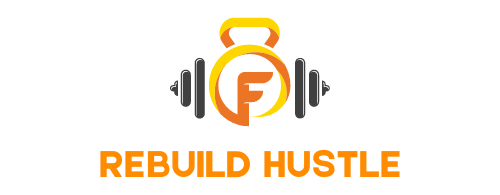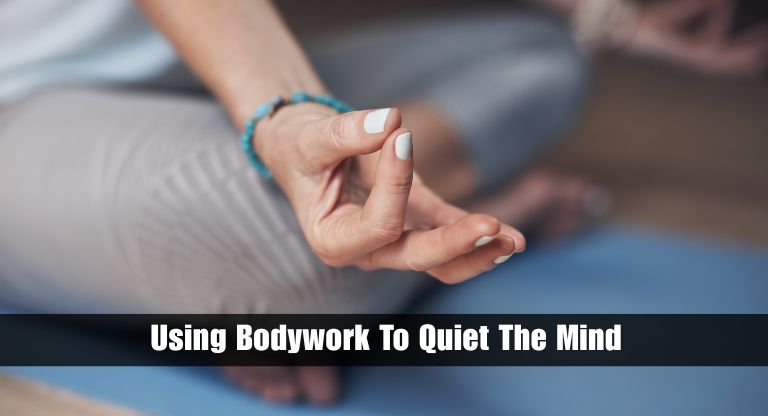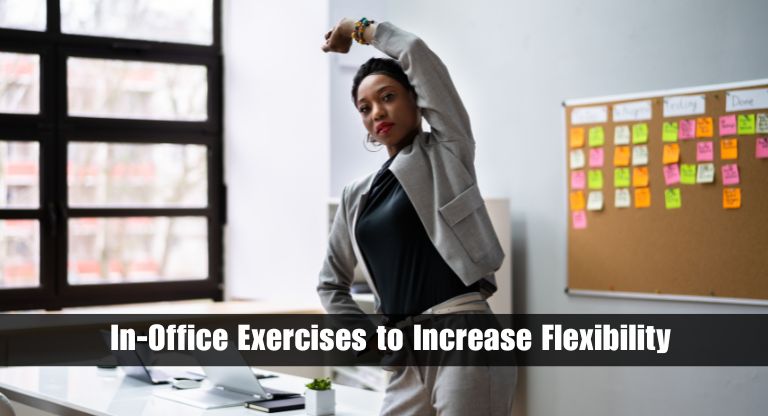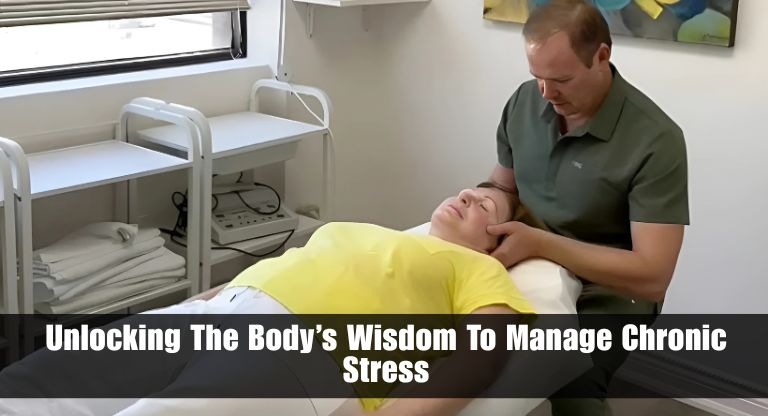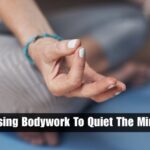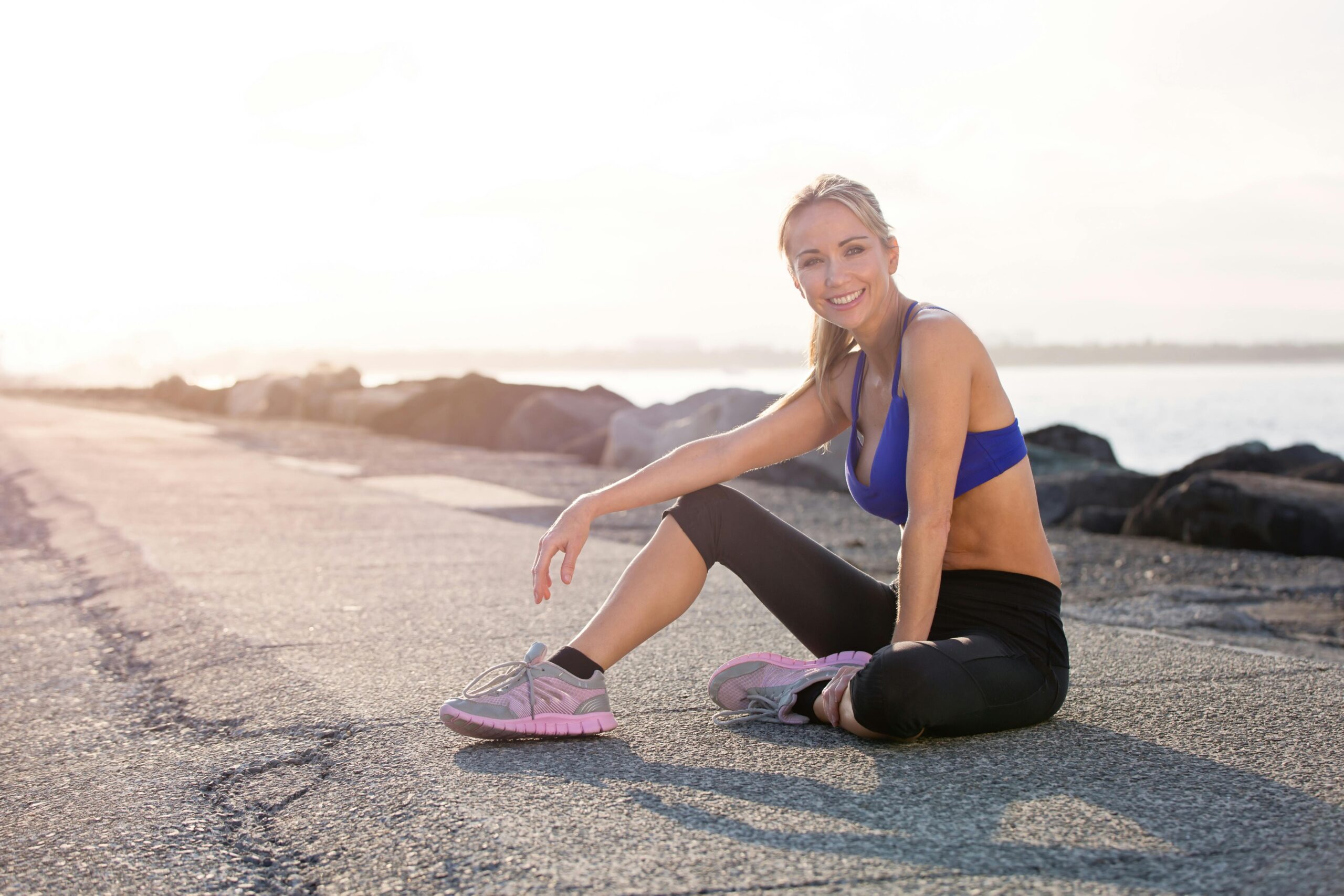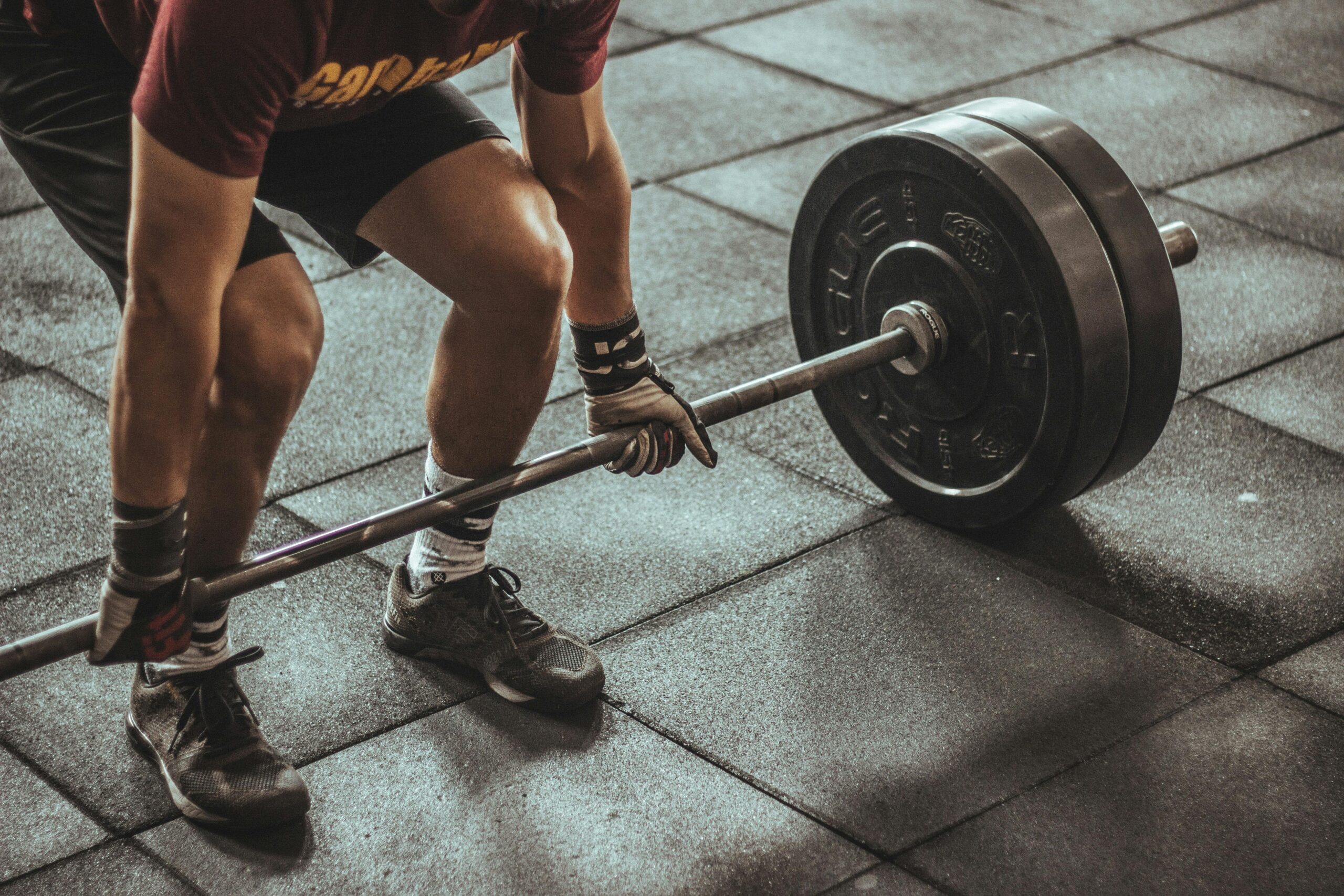Light Exercise to Reverse Office Slouching: Simple Techniques to Remain Comfortable and Upright In-Office Exercises To Increase Flexibility
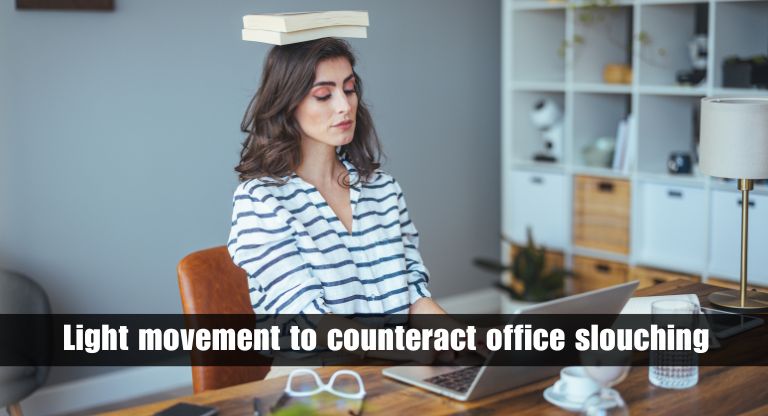
For long periods of many of us are used to sitting at a desk. Whether you are at an office, at home, or somewhere in between, the commonality among workstations or studies is hours spent sitting. The absence of movement can lead to the most annoying and most prevalent habit: slouching. Slouching is an unconscious behavior that is so easy to fall into, the longer we sit and the weaker our muscles become. The longer we slouch, the more pain, back aches, and sometimes our entire body is affected.
The good news is you do not need to do advanced exercises or go to the gym to fight against slouching. Frequent moments of movement throughout your workday can help keep your spine straight, your muscles alive, and your brain alert. In this article, we’ll take a look at why we slouch at the office, what light movement requires, and how you can quickly add small motions to your office day to feel better and stand.
Why do we slouch at the office?
Slouching usually starts as an involuntary habit. After sitting still in one position for the whole day, your muscles, particularly those surrounding the core and upper back, become fatigued, because of the fatigue, it becomes harder to maintain the initial posture, and your body naturally lets go forward or rounds your shoulders.
Other things that promote slouching include:
- Bad ergonomics: Pairs of chairs, desks, and screens that are not placed correctly invite bad angles.
- Lack of movement: Remaining still for a long time makes muscles weaken that help to sit or stand, the postural muscles.
- Stress and fatigue: When we are stressed and fatigued, we scrunch down.
If left uncorrected, slouching can lead to tight shoulders, pain in the neck, lower back pain, and headaches as well.
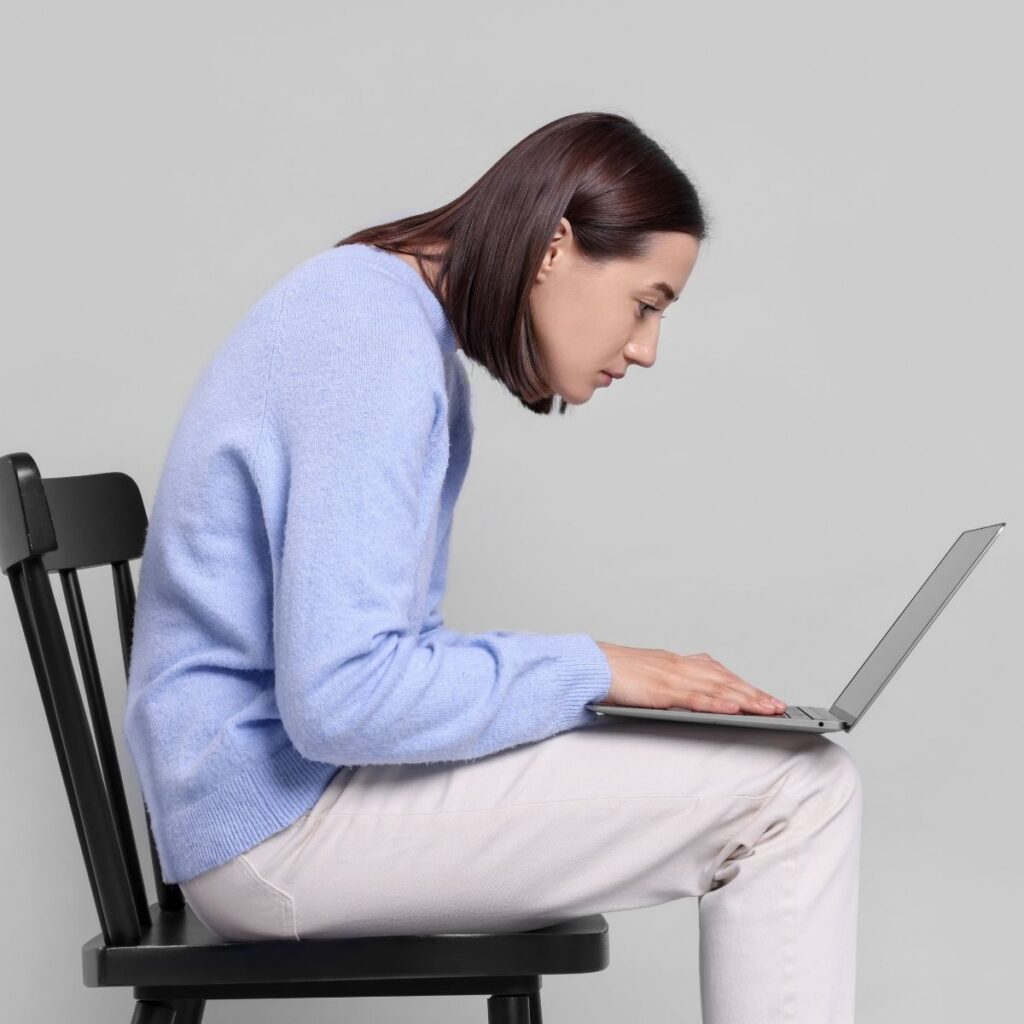
What is light movement?
Light movement is light, low-impact exercise that doesn’t require equipment or a membership at the gym. It’s about moving sufficiently to:
- Engage muscles that help maintain your posture
- Get your blood flowing
- Loosen stiffness
- Rest your mind
It’s like mini breaks from sitting seconds where you stretch, adjust, or move with your body in a way that feels comfortable and natural.
How does light movement help fight slouching?
When you move regularly, even lightly, your postural muscles receive small “resets.” This keeps them from becoming fatigued or tight. It also encourages your nervous system to remain alert and active, which means you’ll find it more natural to be in good posture. Also, movement increases blood supply to muscles and joints, avoiding stiffness and the risk of aches.

Simple light movements you can make at your desk
Here are some easy movements to add to your workday. You can perform most of these without standing up or with just a quick stand-up.
1. Shoulder rolls
- Sit up straight with feet flat on the floor.
- Roll your shoulders forward in a circle five times slowly.
- Reverse the direction and roll five times backwards.
- This loosens up tight shoulder muscles and releases your chest.
2. Neck stretches
- Slowly turn your head to your right shoulder and hold for 10 seconds.
- Come back to center, then turn to the left shoulder and hold.
- Do 2-3 times on each side.
This releases tension in the neck from looking at screens.
3. Seated spinal twist
- Sit straight and place your hand on your chair’s back.
- Take a long breath and rotate your upper body towards the right, but ensure to keep your hips facing towards the front.
- Hold it about 10-50 seconds and then back to center.
- Repeat on the left.
- Twists prevent stiffness and keep the spine mobile.
4. Chest opener
- Interlock your fingers behind you.
- Extend your arms straight out behind you and lift your chest slightly while pressing your shoulder blades together.
- Hold for 10 seconds.
This reverses the hunch forward and opens the chest muscles.
5. Seated cat-cow
- Rest your hands on your knees.
- Inhale as you arch your back and gaze up (Cow pose).
- Exhale, rounding your spine and tucking your chin (Cat pose).
- Do 5-8 repetitions.
This movement loosens the spine and improves posture.
6. Stand and stretch
- Stand up and stretch arms up every 30-60 minutes.
- Take a breath, then bend slowly to both sides.
- Get up and walk around your workspace for a minute.
This increases your posture and blood flow.

Tips to make light movement a habit
- Set reminders: Make a reminder and utilize your phone, computer, or smart watch to remind yourself to shift your sitting positions every 30-60 minutes.
- Match activity with tasks: Stretch while you wait for a document to print or on the phone.
- Make it easy: Light activity need not be difficult, small is enough.
- Listen to your body: Move whenever you are stiff or find yourself slouching.
- Use ergonomic aids: An adjustable desk, footrest, or standing desk can promote better posture automatically.
In addition to movement: Additional tips for better office posture
While light movement is important, working it in with other good practices increases your outcomes.
- Tweak your workspace: Place your monitor at eye level, have your keyboard and mouse close by, and sit in a chair that has back support for your lower back.
- Practice mindfulness: Notice your posture during the day and correct yourself as needed.
- Strengthen core muscles: Pilates or yoga outside of work can assist in keeping good posture.
- Stay hydrated: Water helps to support muscle flexibility
The effects of slouching at your desk may not arise immediately, but if left unchecked, slouching may seriously lead to discomfort and poor health. The best course of action may not be to “sit up straight” but rather to experience different ways to introduce yourself, and the light movement into your routine.
By breaking only occasionally throughout the hour to stand, stretch, or turn, you give your muscles the rest they need to be able to support your spine more. It’s simple, common sense, and no equipment is required—just a little attention and commitment. Try these relaxing movements and see how your posture, comfort level, and even energy increase. Your body will reward you!.
